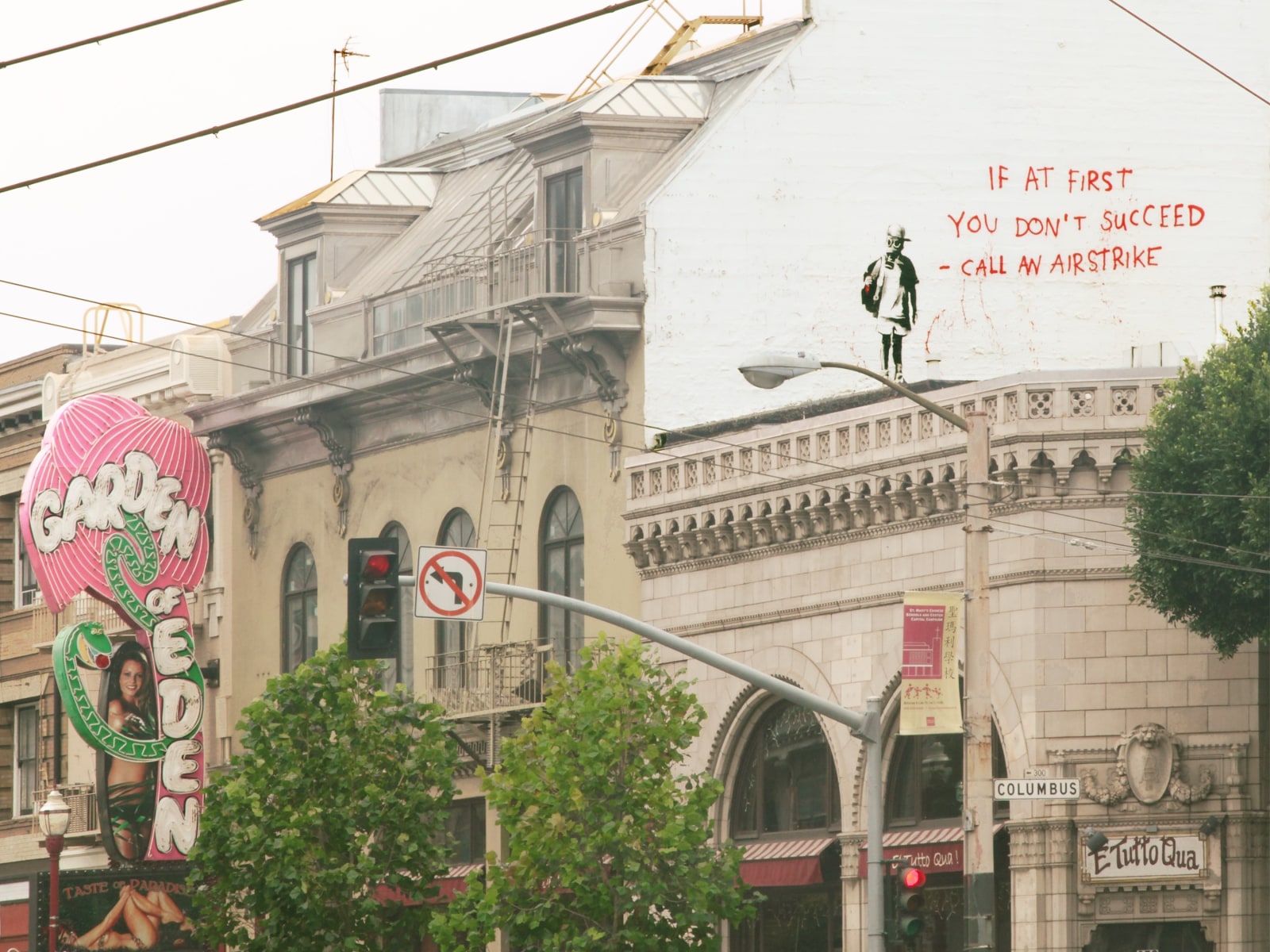
Eden, 2011
C Print
12" x 16"
Review of Allan deSouza's Notes from Afar
In 2011, the Phillips Collection in Washington commissioned Allan deSouza to create a photographic response to Jacob Lawrence’s 60-painting “Migration Series” (1940-41), half of which is owned by the Phillips, the other half by the Museum of Modern Art in New York (where the entire work is on display through Sept. 7). The Lawrence cycle tells the story of the great diaspora of African-Americans, beginning in World War I, from the rural South to the industrialized North. Mr. deSouza, who was born in Kenya of South Asian parentage and lives in California, has long made displacement and alienation a subject of his art and does so again in “The World Series,” his incisive update to the older work.
The changes are telling. In the Lawrence series, migration is a group experience, done mostly by rail. In Mr. deSouza’s 21st-century international equivalent, travel is by air and apparently solitary. Many of his pictures are of airports all but empty of people but peppered with hostile signs forbidding trespass, announcing surveillance or signaling a police presence. Despite the differences, these images, with their cropped forms and repeated diagonals, have striking visual links to the Lawrence series. Depictions of outright violence like those seen in the paintings are absent, but a mood of inhuman chill takes their place.
A second work, however, catches something like the nightmare side of Mr. Lawrence’s vision. Titled “Ark of Martyrs” (2014), it has two elements: a recorded voice reading the opening pages of Joseph Conrad’s “Heart of Darkness” and, scrolling down a video screen, Mr. deSouza’s extraordinary rewrite of the Conrad text, which casts its fevered, racist delirium into contemporary political terms of war, Wall Street and religion. The results take Mr. deSouza in exciting new directions that I look forward to following.
-Holland Cotter